-
 Bitcoin
Bitcoin $117700
-1.00% -
 Ethereum
Ethereum $4458
-3.91% -
 XRP
XRP $3.119
0.14% -
 Tether USDt
Tether USDt $1.001
-0.02% -
 BNB
BNB $836.6
-1.56% -
 Solana
Solana $189.5
-3.90% -
 USDC
USDC $0.9998
-0.02% -
 Dogecoin
Dogecoin $0.2335
1.29% -
 Cardano
Cardano $0.9642
1.51% -
 TRON
TRON $0.3539
-1.19% -
 Hyperliquid
Hyperliquid $47.41
-1.84% -
 Chainlink
Chainlink $21.92
-3.28% -
 Stellar
Stellar $0.4286
-0.23% -
 Sui
Sui $3.724
-3.29% -
 Bitcoin Cash
Bitcoin Cash $594.8
-0.78% -
 Ethena USDe
Ethena USDe $1.001
0.04% -
 Hedera
Hedera $0.2501
-2.06% -
 Avalanche
Avalanche $23.96
-4.87% -
 Litecoin
Litecoin $119.0
-2.32% -
 Toncoin
Toncoin $3.473
0.82% -
 UNUS SED LEO
UNUS SED LEO $9.596
0.17% -
 Shiba Inu
Shiba Inu $0.00001301
-0.39% -
 Uniswap
Uniswap $11.03
-0.25% -
 Polkadot
Polkadot $3.935
-2.62% -
 Dai
Dai $1.000
0.01% -
 Bitget Token
Bitget Token $4.564
-1.76% -
 Cronos
Cronos $0.1512
-4.11% -
 Ethena
Ethena $0.7306
-1.09% -
 Pepe
Pepe $0.00001087
-2.68% -
 Aave
Aave $300.2
-4.00%
What is Masternode? How does it help maintain a blockchain network?
Masternodes enhance blockchain networks by processing transactions, enabling governance voting, and bolstering security, but require substantial cryptocurrency investment and technical expertise to operate, incurring ongoing costs.
Mar 05, 2025 at 06:37 am
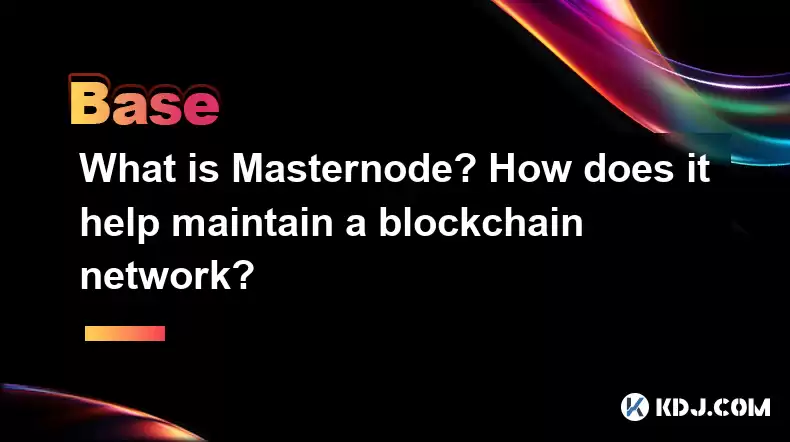
Key Points:
- Masternodes are special nodes in a blockchain network that perform advanced functions beyond those of regular nodes.
- They require a significant upfront investment, typically a large amount of the network's cryptocurrency.
- Masternodes help maintain the blockchain network by providing services like enhanced transaction processing, governance voting, and network security.
- The specific services provided and the required collateral vary widely depending on the blockchain network.
- Running a masternode requires technical expertise and involves ongoing operational costs.
What is a Masternode?
A masternode is a special type of node in a blockchain network that goes beyond the basic functions of a regular node. Regular nodes simply download and validate the blockchain. Masternodes, however, are more powerful and perform additional critical tasks for the network, contributing to its overall security, stability, and functionality. Think of them as the "power users" within the network. To become a masternode operator, a significant investment is usually required, in the form of a large quantity of the cryptocurrency native to that blockchain.
How does a Masternode help maintain a blockchain network?
The primary function of a masternode is to bolster the network's security and efficiency. This is achieved through several key services, varying from one blockchain to another. However, common services include:
- Transaction processing: Masternodes often process transactions faster and more efficiently than regular nodes, leading to quicker confirmation times. This enhanced speed is especially crucial for networks with high transaction volumes.
- Governance: Many blockchain networks use masternodes for on-chain governance. Masternodes are given voting rights on proposals affecting the network's future development, making them integral to the decentralized decision-making process.
- Network security: By requiring a significant investment to operate, masternodes discourage malicious actors from attempting to disrupt the network. The higher the required collateral, the higher the barrier to entry for those seeking to compromise the network's integrity.
- Specific network services: Some blockchains utilize masternodes for specialized services like private transactions, instant payments, or other unique functionalities. The precise roles depend entirely on the specific blockchain's design and architecture.
The Collateral Requirement and its Implications:
The amount of cryptocurrency needed to operate a masternode varies widely depending on the blockchain. Some networks may require a few hundred coins, while others might demand thousands or even tens of thousands. This significant upfront investment acts as collateral, ensuring that masternode operators are incentivized to act honestly and maintain the network's integrity. Loss of this collateral could result from malicious activity or negligence.
The high barrier to entry also creates a degree of centralization, as only those with sufficient capital can participate. This is a common point of contention within the cryptocurrency community, raising questions about the true decentralization of masternode-based blockchains. The balance between security and decentralization is a key factor in the design and success of such systems.
Running a Masternode: Technical Expertise and Ongoing Costs
Running a masternode is not a passive investment. It demands a certain level of technical expertise in managing servers, networking, and blockchain technology. Operators need to maintain the server's uptime, ensure its security against attacks, and stay up-to-date with software updates. Ignoring these aspects could lead to the loss of the collateral and participation in the network.
Furthermore, there are ongoing operational costs associated with running a masternode, including server hosting fees, electricity consumption, and internet bandwidth. These expenses must be carefully considered before investing in a masternode, as they can significantly impact profitability. The potential rewards from masternode operation, such as block rewards or governance rewards, need to offset these costs.
Security Considerations for Masternodes:
Security is paramount when operating a masternode. Because mastrenodes hold significant cryptocurrency and play a crucial role in the network's function, they are attractive targets for malicious actors. Robust security measures are essential to protect against attacks such as hacking, denial-of-service attacks, and malware. This often requires sophisticated security practices, including strong passwords, regular software updates, and firewall protection.
The security of the chosen server hosting provider is also a critical consideration. Using a reputable and secure provider can mitigate some of the risks. It's vital to understand the security implications and implement appropriate safeguards to protect the investment and the integrity of the network.
Choosing the Right Masternode:
The choice of which blockchain to invest in for masternode operation requires careful research and consideration. Factors to assess include the network's overall health, its community support, the required collateral amount, the potential rewards, and the ongoing operational costs. It's crucial to evaluate the project's long-term viability and potential for growth.
Frequently Asked Questions:
Q: Are masternodes profitable?
A: The profitability of running a masternode depends on several factors, including the specific blockchain, the amount of collateral required, the rewards offered, and the operational costs. It's essential to conduct thorough research and calculate potential returns before investing.
Q: How much technical expertise is needed to run a masternode?
A: Running a masternode requires a decent understanding of server administration, networking, and blockchain technology. While some simplified solutions exist, a basic level of technical proficiency is generally needed.
Q: Are masternodes truly decentralized?
A: The degree of decentralization achieved through masternodes is a subject of debate. While they distribute some tasks, the requirement of significant collateral can lead to a more concentrated distribution of power compared to a purely decentralized system.
Q: What happens if my masternode goes offline?
A: The consequences of a masternode going offline vary depending on the specific blockchain. Some networks may penalize operators for extended downtime, potentially resulting in a loss of rewards or even the collateral. Others might have more lenient policies.
Q: Can I run a masternode from home?
A: While technically possible, running a masternode from a home network is often not recommended due to potential security risks and the need for reliable uptime. Many operators utilize dedicated servers in professional data centers.
Disclaimer:info@kdj.com
The information provided is not trading advice. kdj.com does not assume any responsibility for any investments made based on the information provided in this article. Cryptocurrencies are highly volatile and it is highly recommended that you invest with caution after thorough research!
If you believe that the content used on this website infringes your copyright, please contact us immediately (info@kdj.com) and we will delete it promptly.
- Kazakhstan's Crypto Leap: Bitcoin ETF and Central Asia's Digital Finance Future
- 2025-08-13 12:45:19
- BlockDAG Presale Blazes Past $371M: Fundraising Frenzy Fuels Crypto Sensation
- 2025-08-13 13:05:21
- Meme Coins: Chasing the 2025 Surge – Which Will Moonshot?
- 2025-08-13 10:25:23
- Bitcoin's Wild Ride: Rally, Pullback, and What's Next
- 2025-08-13 10:25:23
- Bitcoin, Bitmax, and Institutional Demand: A New Era of Crypto Investment
- 2025-08-13 10:45:12
- Solana, ROAM, and Airdrops: What's the Buzz in 2025?
- 2025-08-13 11:35:13
Related knowledge
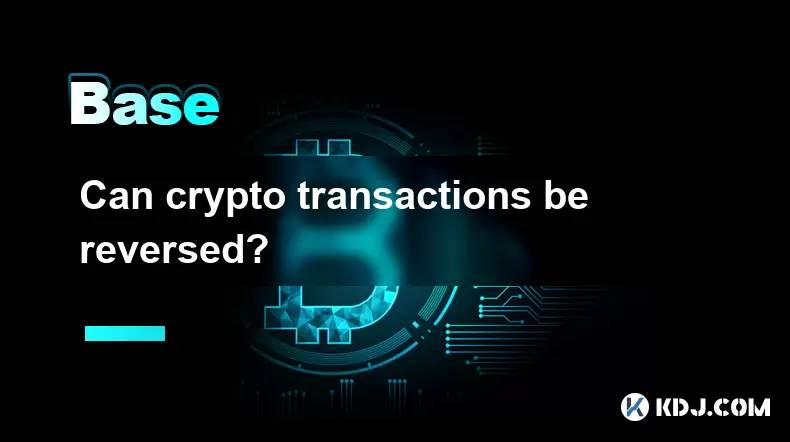
Can crypto transactions be reversed?
Aug 10,2025 at 01:35am
Understanding the Immutability of Blockchain TransactionsCryptocurrency transactions are built on blockchain technology, which is designed to be immut...
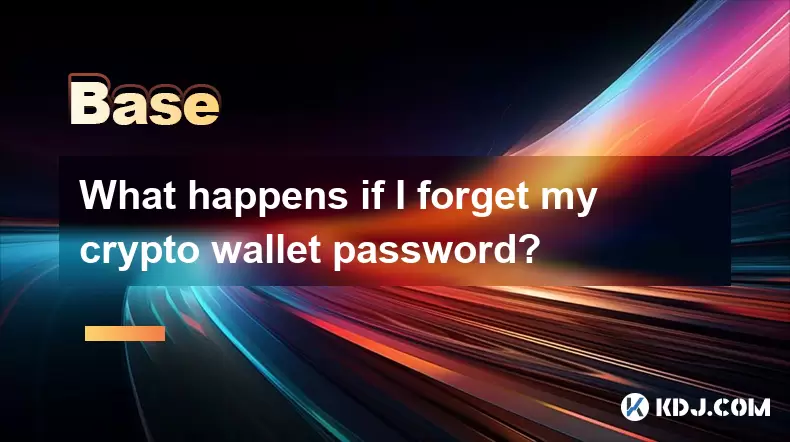
What happens if I forget my crypto wallet password?
Aug 09,2025 at 08:50am
Understanding the Role of a Crypto Wallet PasswordA crypto wallet password serves as a critical security layer that protects access to your digital as...
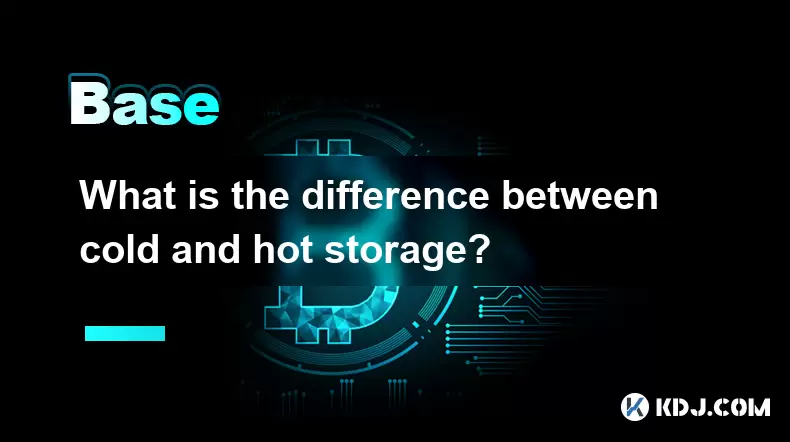
What is the difference between cold and hot storage?
Aug 12,2025 at 01:01am
Understanding Cold Storage in CryptocurrencyCold storage refers to offline methods of storing cryptocurrency private keys, ensuring they are not expos...
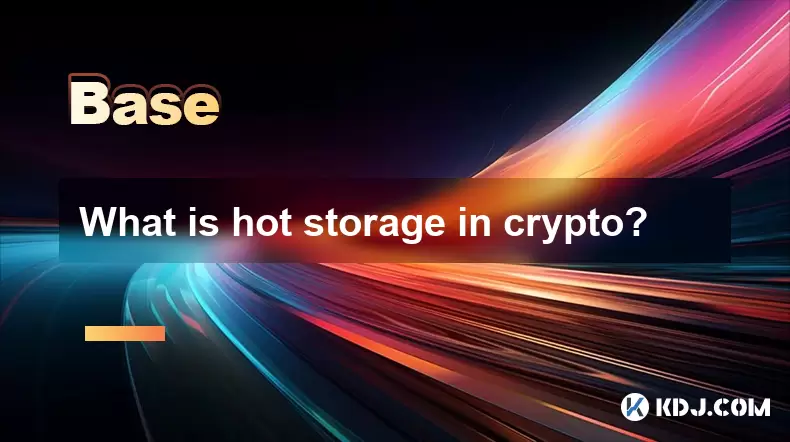
What is hot storage in crypto?
Aug 11,2025 at 07:08am
Understanding Hot Storage in CryptocurrencyHot storage refers to cryptocurrency wallets that are connected to the internet. Unlike cold storage soluti...

What is cold storage in crypto?
Aug 13,2025 at 11:35am
Understanding Cold Storage in CryptocurrencyCold storage in cryptocurrency refers to a method of storing digital assets offline, away from internet-co...
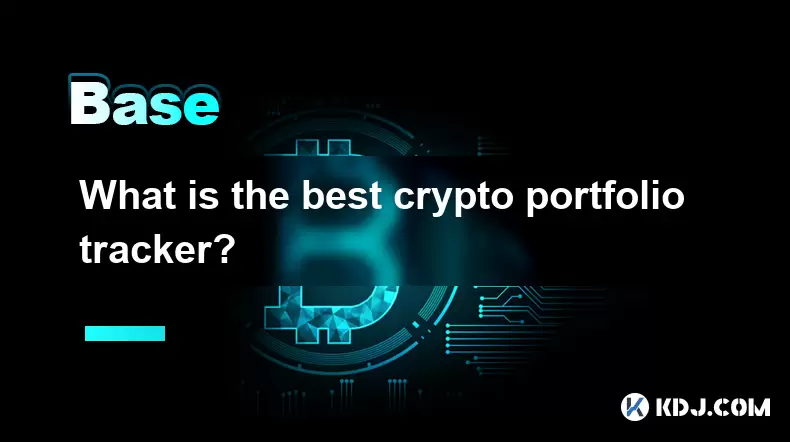
What is the best crypto portfolio tracker?
Aug 10,2025 at 05:08am
Understanding the Role of a Crypto Portfolio TrackerA crypto portfolio tracker is a digital tool designed to help investors monitor the performance of...

Can crypto transactions be reversed?
Aug 10,2025 at 01:35am
Understanding the Immutability of Blockchain TransactionsCryptocurrency transactions are built on blockchain technology, which is designed to be immut...

What happens if I forget my crypto wallet password?
Aug 09,2025 at 08:50am
Understanding the Role of a Crypto Wallet PasswordA crypto wallet password serves as a critical security layer that protects access to your digital as...

What is the difference between cold and hot storage?
Aug 12,2025 at 01:01am
Understanding Cold Storage in CryptocurrencyCold storage refers to offline methods of storing cryptocurrency private keys, ensuring they are not expos...

What is hot storage in crypto?
Aug 11,2025 at 07:08am
Understanding Hot Storage in CryptocurrencyHot storage refers to cryptocurrency wallets that are connected to the internet. Unlike cold storage soluti...

What is cold storage in crypto?
Aug 13,2025 at 11:35am
Understanding Cold Storage in CryptocurrencyCold storage in cryptocurrency refers to a method of storing digital assets offline, away from internet-co...

What is the best crypto portfolio tracker?
Aug 10,2025 at 05:08am
Understanding the Role of a Crypto Portfolio TrackerA crypto portfolio tracker is a digital tool designed to help investors monitor the performance of...
See all articles

























































































